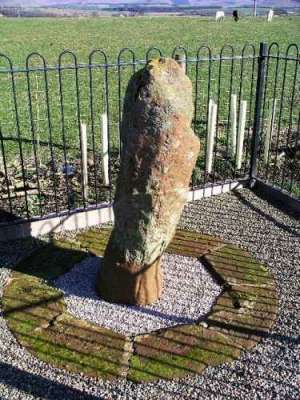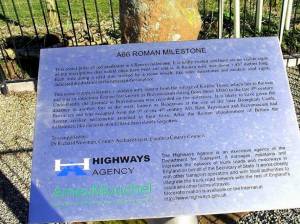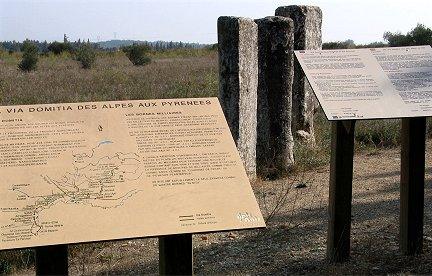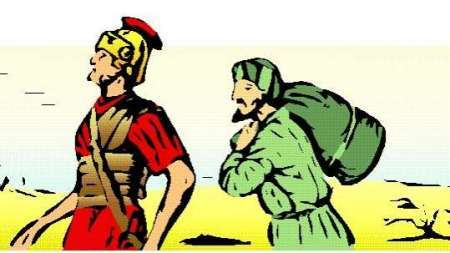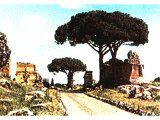
A unit of distance called a mile was first used by the Romans and originally denoted a distance of 1,000 (double) steps ("mille passuum" in Latin), which amounted, at approximately 0.75 m per (single) step, to 1,500 metres per mile.î ~ Wikipedia
Lord Kinnock, former labour leader is behind the UK metric Association that has called on the Government to convert all road signs from miles to kilometres within five years. The aim is to get all this done in time for the 2012 Olympics.
Lord Kinnock, a former EU transport commissioner, said in an introduction to the "manifesto" that the continued use of miles in Britain was "the most obvious example of the muddle of measurement units" in the country.
"They contradict the image - and the reality - of our country as a modern, multicultural, dynamic place where the past is valued and respected and the future is approached with creativity and confidence," he said.
Over the past few years British viewers have seen the imperial system which originated in Roman times, dropped in favour of metric measurements, even in programmes such as "Pompeii ; The Last Day".
Dr Adam Hart-Davis, who has presented a number of BBC history programmes, admitted: "It is a real problem and I do not see a simple solution. If I talk only in metres and centimetres, anyone over the age of 50 will not know what I am speaking about. Similarly, if I only talk in the imperial system no one under 20 can understand me."
"What I try to do is reflect the period I am looking at. If I am talking about the industrial revolution, I will use imperial weights and measures; if I am talking about the modern world, I will tend to rely on metric."
How does the old saying go? "Give someone an inch and they`ll take a mile!" I don`t think it would sound as well metric!
Maryemm
These two photographs are the property of Lynne Kirton who very kindly has given me permission to use them here. However, be aware that the pictures are used under the Creative Commons licence. This states that should anyone else then wish to use them, it must be under the same licence conditions. For full information about the CCL, see here:
http://creativecommons.org/licenses/by-sa/2.0 ~ ~ and here: http://creativecommons.org
Page 17 ~ MAKE-UP: ROMAN STYLE
